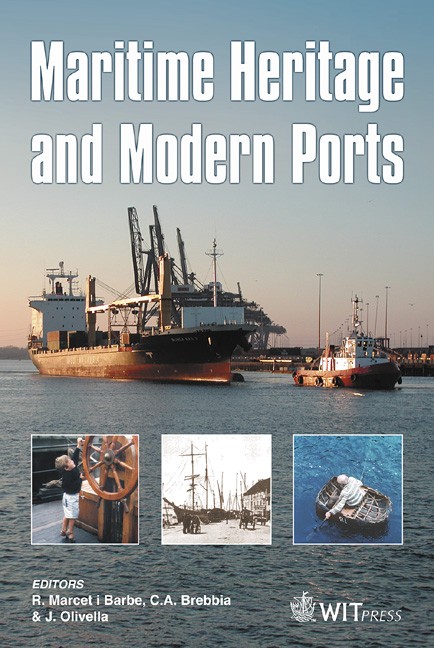Damages Of Blockwork Coastal Structures Due To Internal Wave Impact Induced Pressures
Price
Free (open access)
Transaction
Volume
79
Pages
10
Published
2005
Size
379 kb
Paper DOI
10.2495/MH050381
Copyright
WIT Press
Author(s)
R. Marth, G. Müller & G. Wolters
Abstract
During the 19th and the early 20th centuries, many coastal structures (breakwaters and sea walls) were built from blockwork made up of natural stone or concrete blocks. Some blockwork coastal structures that are still in use suffer recurrent damages from wave action. It is generally assumed that wave impact pressures enter water filled cracks and generate pressures acting inside of the structure, causing the seaward removal of blocks. The removal of a single block by wave impacts will disrupt the integrity of the blockwork, potentially leading to progressive failure of the structure. In recent years, several physical model tests have been conducted at the Queen’s University of Belfast and the Technical University of Berlin in order to analyse the damages of blockwork coastal structures due to internal wave impact induced pressures. In this paper an overview of the most important results of these model tests is given. In order to assess a structures vulnerability to pressures inside cracks, important aspects concerning crack dimensions, ventilation of cracks and the inclination of the sea face of a blockwork structure are presented. The results should be considered as a basis for the definition of improved maintenance and repair strategies. Keywords: coastal structures, breakwaters, seawalls, blockwork structures, breaking waves, dynamic response, wave impact loads, pressure propagation. 1 Introduction Blockwork coastal structures (breakwaters and sea walls) have a long tradition in protection of coastlines and harbours. Blockwork structures were made up firstly of natural stone, later concrete blocks became increasingly important. A large
Keywords
coastal structures, breakwaters, seawalls, blockwork structures, breaking waves, dynamic response, wave impact loads, pressure propagation.





